Festivals in Puerto Rico, a vibrant island in the Caribbean, boasts a rich cultural tapestry woven from a blend of indigenous Taino traditions, Spanish colonial influences, and African, Caribbean, and North American elements. The festivals and holidays in Puerto Rico reflect this cultural diversity, creating a dynamic and unique celebration of identity. In this exploration, we will delve into some of the most relevant festivals and holidays in Puerto Rico, examining their historical origins, cultural significance, and the ways in which they contribute to the island’s collective spirit.
1. San Sebastian Street Festival – January
The San Sebastian Street Festival is one of Puerto Rico’s most famous celebrations, held annually in Old San Juan in January. Originally initiated to celebrate the feast of Saint Sebastian, the festival has evolved into a lively and colorful event that showcases Puerto Rican culture.
The streets come alive with music, dance, parades, and traditional food and crafts. Locals and visitors alike participate in the festivities, creating a sense of unity and pride in Puerto Rican heritage. The San Sebastian Street Festival reflects the resilience and spirit of the people, offering a unique blend of tradition and contemporary celebration.
2. Three Kings Day (Día de Reyes) – January 6th
Día de Reyes, or Three Kings Day, is celebrated on January 6th in Puerto Rico. The day marks the visit of the Magi to the infant Jesus and is a significant cultural and religious celebration. Families gather to exchange gifts, and traditional foods like Rosca de Reyes, a sweet bread, are enjoyed.
In many towns and cities, parades featuring the Three Kings take place, and children often leave grass or hay under their beds for the Kings’ camels. Día de Reyes is a festive and family-oriented holiday that emphasizes the cultural and religious aspects of Puerto Rican identity.
3. Carnaval Ponceño – February/March
Carnaval Ponceño is an exuberant carnival celebrated in Ponce, Puerto Rico, typically in February or March. The carnival features colorful parades, vibrant costumes, music, and dance, creating a festive atmosphere that captures the spirit of the island.
The festivities include traditional characters like vejigantes, who wear colorful masks and costumes, and the celebration often extends over several days. Carnaval Ponceño is a testament to Puerto Rico’s lively and dynamic cultural scene, where creativity, music, and dance come together to celebrate the joy of life.
4. Good Friday Processions – April
During Holy Week, particularly on Good Friday, Puerto Rico hosts solemn and elaborate religious processions. In various towns and cities, locals participate in processions that depict the Passion of Christ. These events are marked by a sense of reverence and devotion, highlighting the island’s deep Catholic roots.
One of the most famous processions is in Ponce, where residents and visitors gather to witness the reenactment of Christ’s journey to the cross. Good Friday processions connect Puerto Ricans with their religious heritage and provide a time for reflection and spiritual contemplation.
5. Festival de la Calle San Sebastián – May
The Festival de la Calle San Sebastián, held in May, is a continuation of the San Sebastian Street Festival but with a distinct focus on the arts. The streets of Old San Juan transform into an open-air gallery, featuring local artists, musicians, and dancers.
This cultural celebration emphasizes the importance of the arts in Puerto Rican society and provides a platform for local talent to shine. The Festival de la Calle San Sebastián is a testament to the island’s artistic vibrancy and the value placed on creative expression.
6. National Puerto Rican Day Parade – June
The National Puerto Rican Day Parade is an annual event held in June in New York City. While it takes place in the United States, the parade is a significant cultural celebration for the Puerto Rican diaspora. It showcases Puerto Rican pride, heritage, and contributions to American society.
Participants in the parade represent various aspects of Puerto Rican culture, from traditional dance and music to contemporary expressions. The event fosters a sense of community among Puerto Ricans living in the United States and reinforces the connection to their island roots.
7. La Rogativa – August
La Rogativa is an annual religious procession held in August in Old San Juan. The tradition dates back to the 18th century when the city’s residents prayed for deliverance from a British invasion. Today, the event involves a candlelit procession to honor the Virgin Mary and express gratitude for the city’s protection.
La Rogativa combines spirituality with historical significance, showcasing how Puerto Ricans intertwine faith and tradition. The event is a reminder of the island’s history and the resilience of its people in the face of adversity.
8. Las Mañanitas a la Virgen de la Guadalupe – December 12th
Celebrated on December 12th, Las Mañanitas a la Virgen de la Guadalupe is a religious and cultural event dedicated to the Virgin of Guadalupe, a significant figure in Mexican and Puerto Rican Catholicism. The celebration includes a serenade to the Virgin, traditional music, and religious ceremonies.
Communities come together to honor the Virgin and express their faith through music and prayer. Las Mañanitas a la Virgen de la Guadalupe exemplifies the syncretism of indigenous and Catholic beliefs in Puerto Rico.
9. Navidad – Christmas Season
The Christmas season in Puerto Rico is a festive and joyous time marked by a series of celebrations and traditions. Parrandas, or caroling processions, take place throughout the island, where groups of people go from house to house singing traditional Christmas songs.
Nochebuena, or Christmas Eve, is a significant celebration with family gatherings, feasts, and the exchange of gifts. The holiday season extends into January with the celebration of Día de los Santos Inocentes (Day of the Holy Innocents) on December 28th and the culmination of the Christmas season with Día de Reyes on January 6th.
10. Fiestas de la Calle San Sebastián en la Playa – January
Fiestas de la Calle San Sebastián en la Playa is an extension of the San Sebastian Street Festival, taking place in the coastal town of Arecibo in January. The beachside celebration features music, dance, and cultural activities, providing a unique twist to the traditional San Sebastian festivities.
This event allows residents and visitors on the northern coast of Puerto Rico to experience the vibrant spirit of the San Sebastian Street Festival in a different setting. It exemplifies the adaptability and diversity of Puerto Rican celebrations.
Conclusion
Puerto Rico’s festivals and holidays offer a captivating journey into the heart of the island’s cultural diversity, historical roots, and contemporary expressions of identity. From the lively and colorful San Sebastian Street Festival to the solemn Good Friday processions, each event contributes to the vibrant tapestry of Puerto Rican culture.
These celebrations are not just occasions for revelry; they are expressions of Puerto Rico’s resilience, creativity, and commitment to preserving its unique identity. Whether through religious processions, traditional dances, or artistic festivals, Puerto Ricans come together to celebrate their history, culture, and shared values.
Moreover, these festivals serve as a bridge between Puerto Rico’s past and present, fostering cultural continuity and dialogue. Events like La Rogativa and Las Mañanitas a la Virgen de la Guadalupe highlight the intertwining of faith and history in Puerto Rican traditions.
As Puerto Rico continues to navigate its complex identity and historical context, these festivals will undoubtedly remain integral to the fabric of the island. They provide a space for both Puerto Ricans and the global community to engage with the cultural richness of the island, experiencing the traditions, stories, and collective spirit that define this enchanting Caribbean nation.


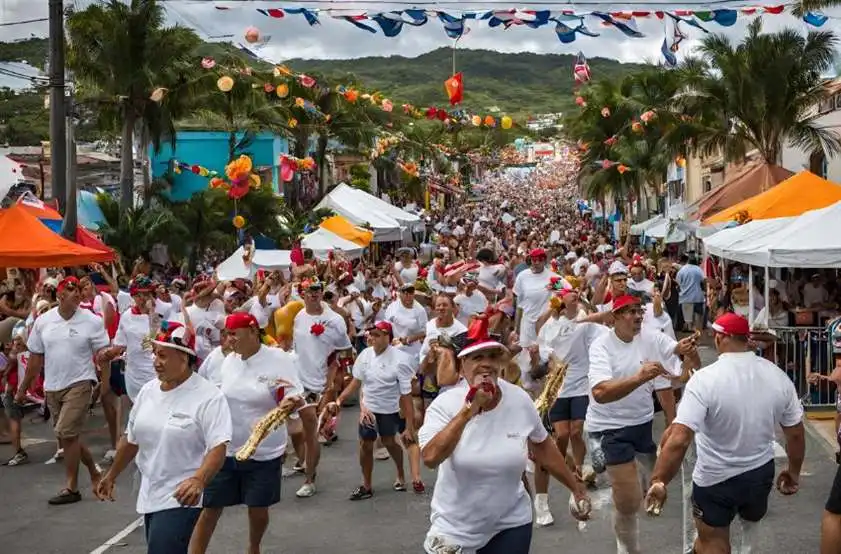
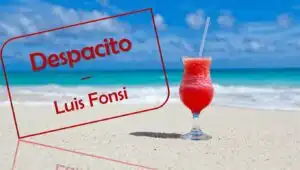
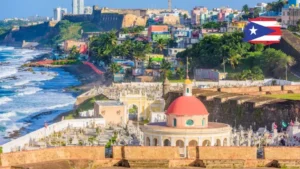


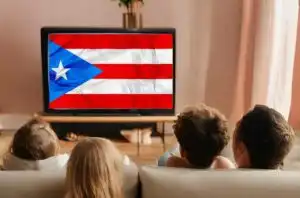
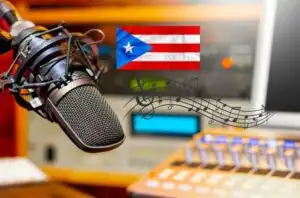
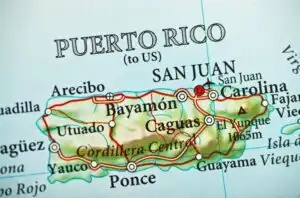
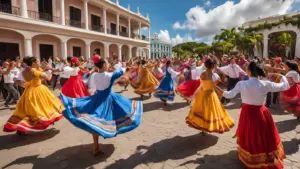
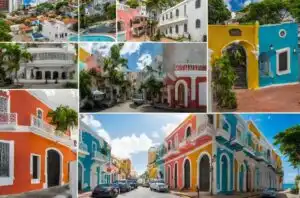
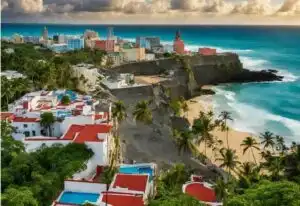
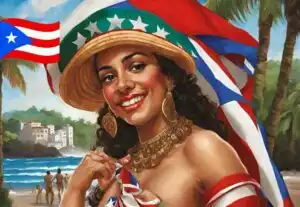
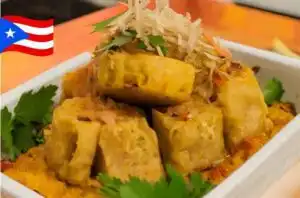
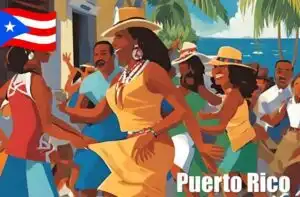

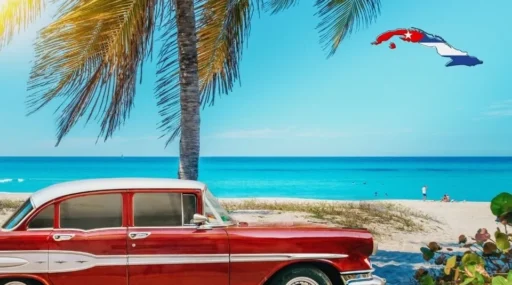
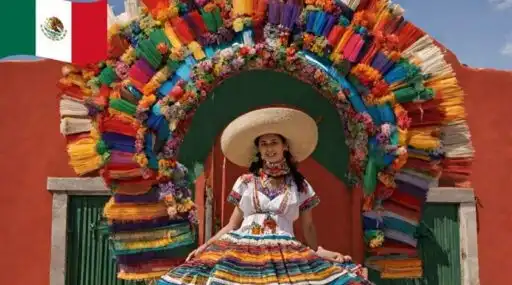
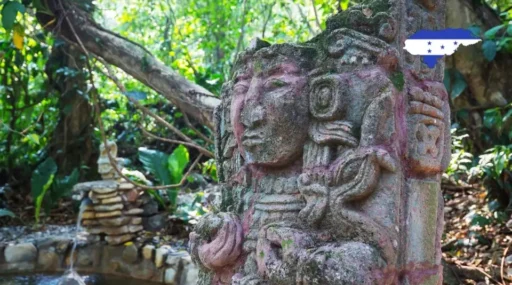

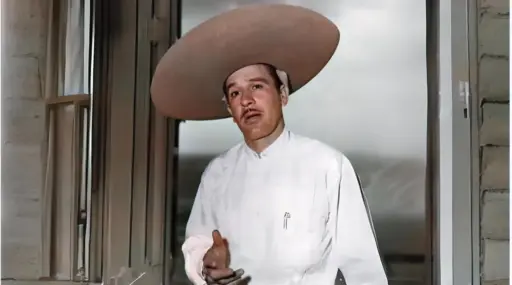
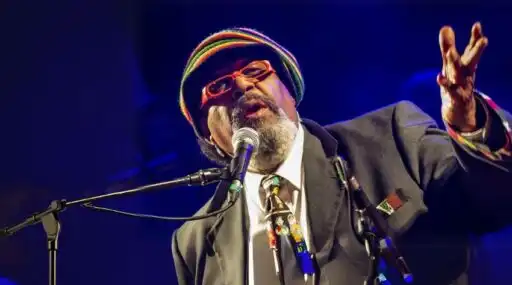

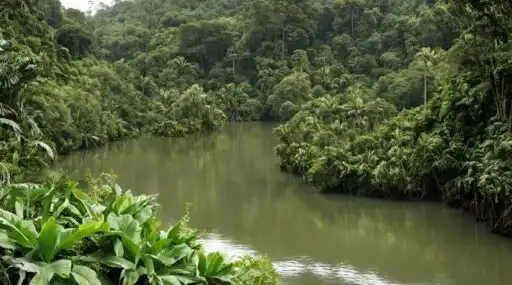
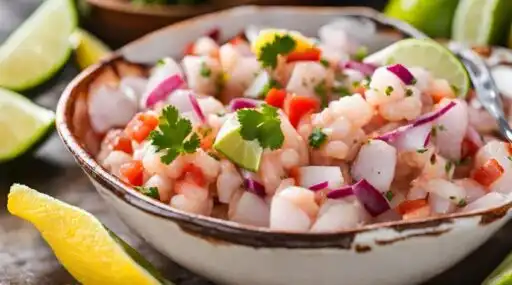


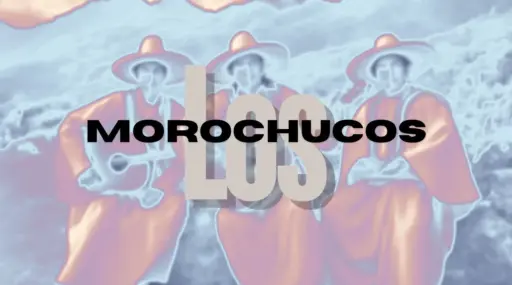

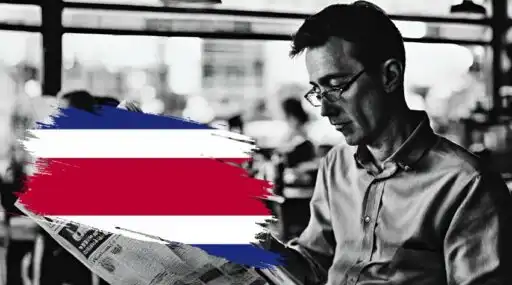
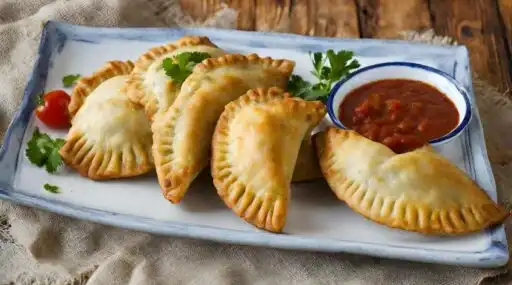
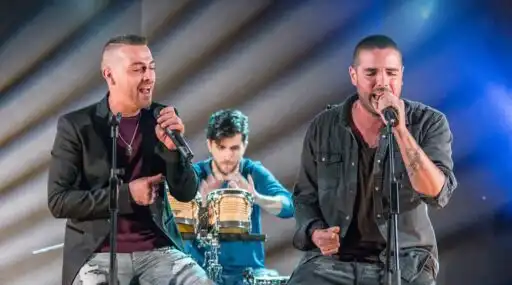


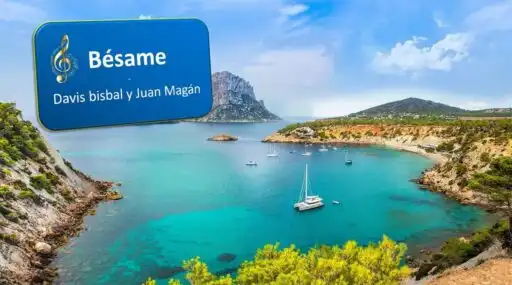
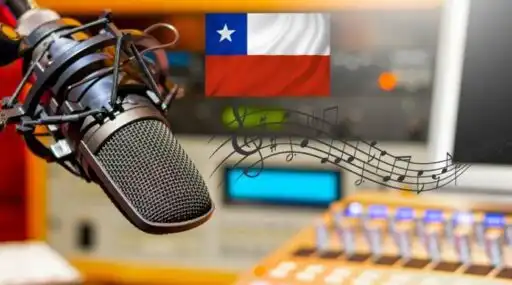
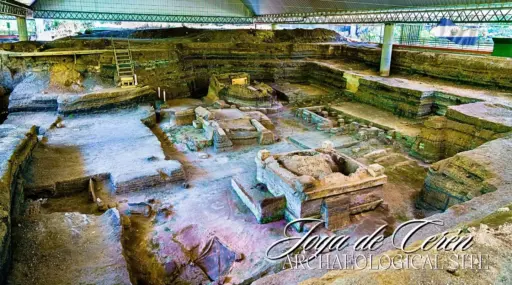

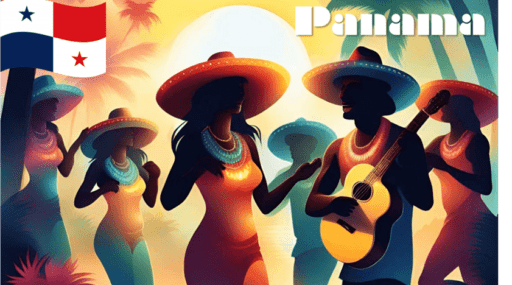
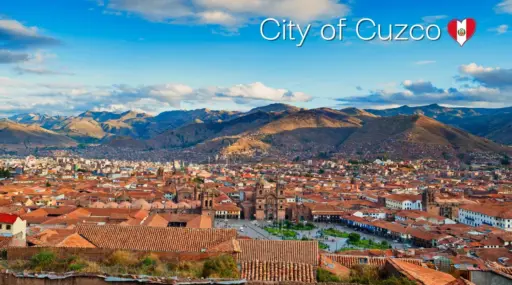
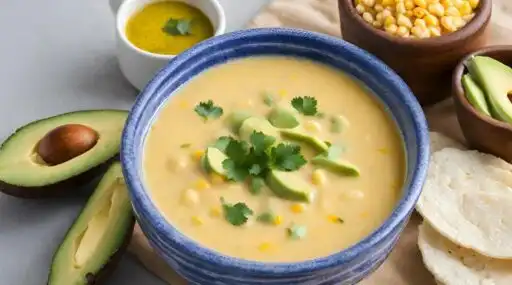

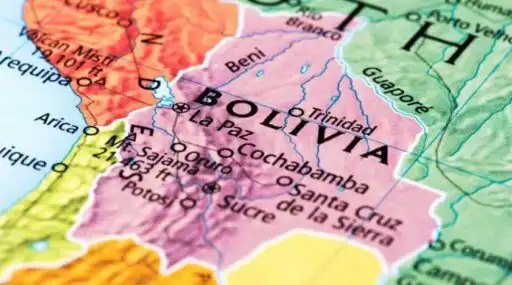
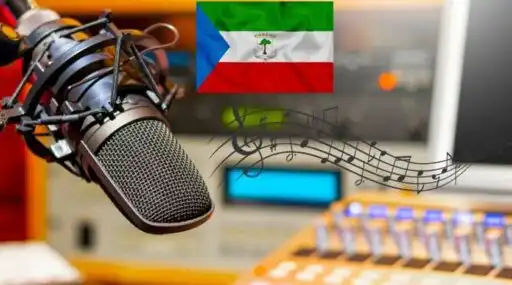
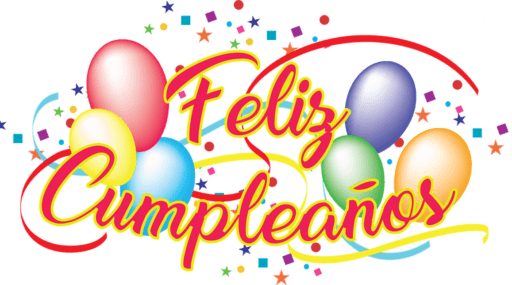
Leave a Reply